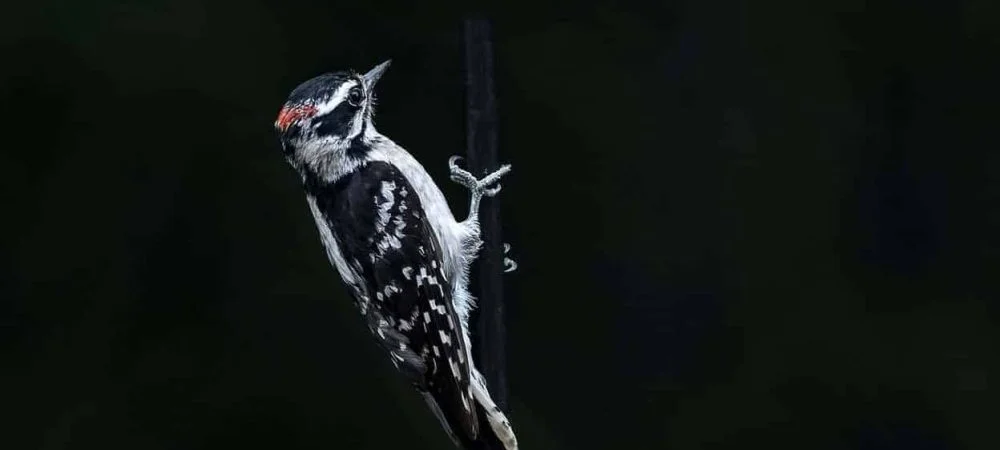
North Carolina is a wonderful state known for its unusually mild weather.
The North Carolina climate is often considered to be humid and subtropical, and is perfect for those who like warm and mild summer weather.
It has light winters that generally don’t last too long or get too cold, making it appeal to many different types of birds that are looking for a nice warm and consistent place to stay throughout the year.
For this reason, many woodpeckers call this particular state home. You can find up to eight total woodpeckers in North Carolina on a fairly regular basis if you know where to look.
Want to learn more? Take a look at the North American Guide to Woodpeckers
The state of North Carolina is home to a wide range of State Parks that are the perfect grounds for birdwatching.
Their controlled and preserved natural environments are often chosen as a good ground for birds to roost and nest, making it ideal for breeding as well as hunting.
Plenty of birds are even known to fly down to North Carolina from southern states when the winter weather gets too cold.
Take a look at our article on How to Attract Woodpeckers?
What Woodpeckers can be seen in North Carolina?
Table of Contents
1. Red-bellied Woodpecker
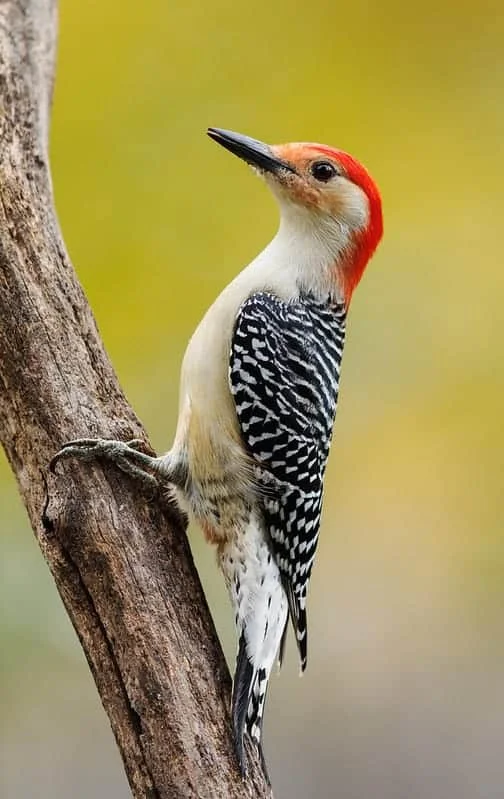
Wingspan
15-18 inches
Weight
2.65 ounces
Life Expectancy
12 years
Diet
Insects
This particular woodpecker is known for its bright red head of feathers and subtle pink belly that makes it fairly easy to spot.
You are more likely to recognize this bird based on its head more than the belly that it is named after simply because of the way that these birds are often posed, clinging to trees.
They build their nests in tree trunks hidden away in cavities after choosing them with their mates. Sometimes they will even build their nest around the odd house or telephone pole.
The Red-Bellied Woodpecker is known for its nonmigratory nature and its constant resident in North Carolina.
In fact, this particular bird is considered to be the most common type of woodpecker in the state, making it fairly easy to spot any time of year.
These birds are known to be more active towards the end of winter when they are looking for a mate and can sometimes slip away from sight when they begin mating in spring.
Fortunately for North Carolina citizens, it is fairly easy to see these birds because they are abundant within the state.
In particular, the Red-Bellied Woodpecker has a preference for many of the forests across Georgia, North Carolina, and South Carolina.
They are known to actively live and breed in all of the major forests, making it easy for them to be found if you know where to look.
If you live close to a natural area, you might be able to bribe them out with offerings of tasty treats.
2. Downy Woodpecker
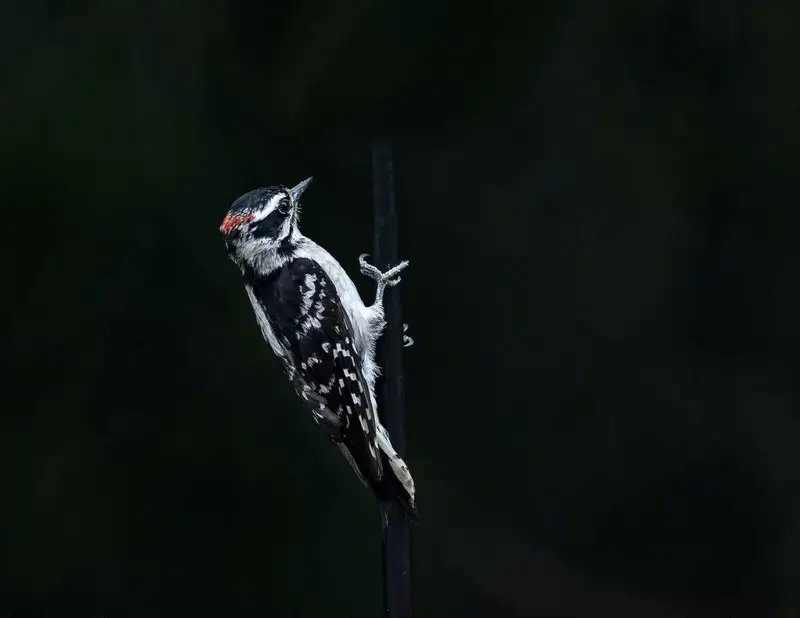
Wingspan
3.27 to 4.13 inches
Weight
0.75 to 1 ounce
Life Expectancy
12 Years
Diet
Insects & Non-insect arthropods
This tiny woodpecker is known for its small size and is considered to be the smallest woodpecker in North America.
When these birds are in the area, it is easier to hear them than to see them.
Their unique call has a sort of rattling at the end that is known to separate them from other kinds of woodpeckers.
You can listen for the call that seems to shake when it gets to the end if you are looking for them.
You can see the Downy Woodpecker in North Carolina year-round because they are known to stay in an area once they find one that they like.
Though these birds might travel a short distance, more often than not, they are known to stay where the food is.
As long as you find an area that suits their needs, you can feel confident that you will be able to see them once you have identified them.
In North Carolina, these birds are sometimes seen by the coast, but more often than not can be found in wooded areas.
They have a unique preference for deadwood and heavily wooded areas that make them spend more time out in nature and less time near humans.
They are easily overlooked because of their small size, but that doesn’t mean that you won’t be able to spot them.
These birds can be found looking for food on the ground as well as on fallen or charred trees.
3. Hairy Woodpecker
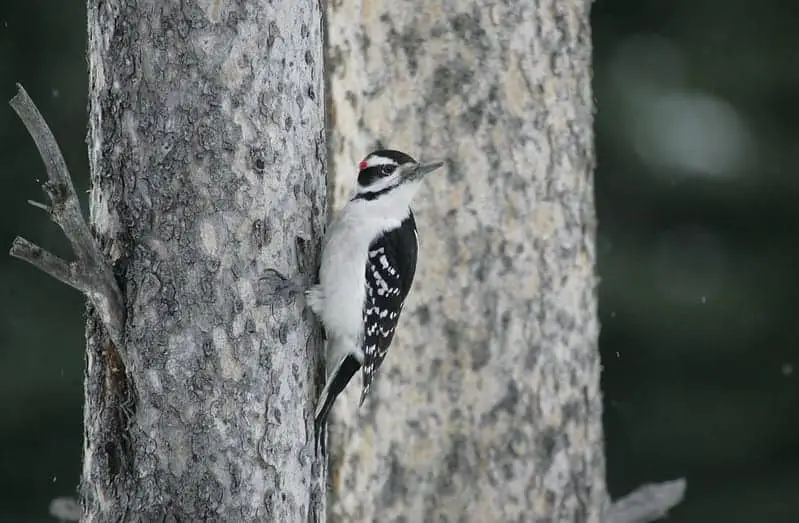
Wingspan
15 inches
Weight
1.4 to 3.4 ounces
Life Expectancy
15 years
Diet
Wood-boring insects & tree sap
The Hairy Woodpecker is a beautiful black and white bird that has long since been known for its commitment to wooded areas.
These particularly birds are fairly open about their nesting specifications, but do prefer to nest in an area that has plenty to offer.
In the bird world, the Hairy Woodpecker separates itself by its preference for more natural areas. The Hairy Woodpecker can be tempted, but really prefers a nice nest in a tall tree.
In North Carolina, the Hairy Woodpecker is generally considered to be a nonmigratory species.
Though the odd family might venture out, these birds can generally be found in their habits all around the year.
As long as you know where to look, they are fairly easy to spot and hear. When they move into an area, you tend to know it. This is particularly true during the mating season.
The Hairy Woodpecker is known to be seen in all counties of North Carolina, but does prefer certain areas with large amounts of deadwood including rivers and areas after a wildfire.
The bird is known to be fairly common among the Roanoke River, so this is a good place to look for them.
4. Pileated Woodpecker
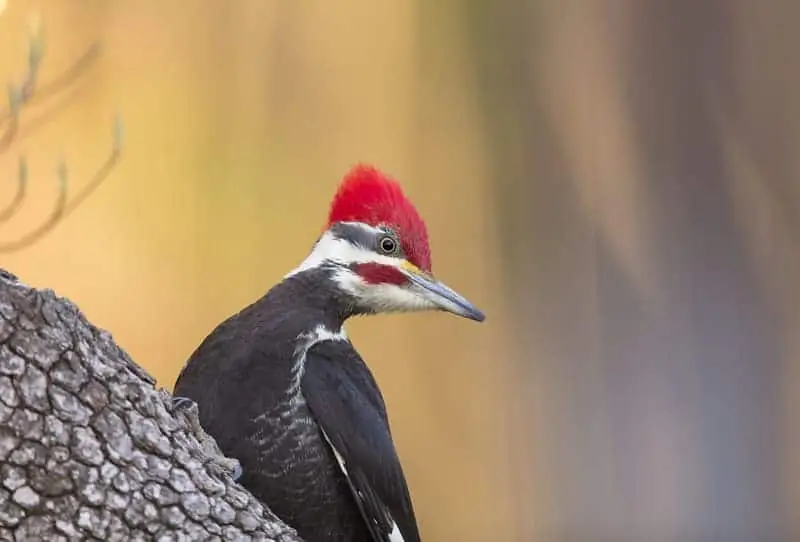
Wingspan
26 to 30 inches
Weight
8.8 to 14.1 ounces
Life Expectancy
13 years
Diet
Fruit, nuts & insects
Known for its large size and vibrant bright display of red feathers on its head, the Pileated Woodpecker is one that is often sought out by bird watchers.
These unique birds are known to spend a great deal of time preparing for the mating season.
Male Pileated Woodpeckers will spend time creating the perfect nesting site in an attempt to woo the local female birds with a promise of courtship.
The birds will make elaborate nests within tree cavities, often including multiple access points for adding convenience.
Spotting the Pileated Woodpecker is fairly easy in North Carolina. Though these birds are active year-round, you can expect to see more of them during mating season.
It is fairly common for these birds to be incredibly active and visible during the colder months as the woodpeckers spend time seeking out a mate for the season so that they can get to work making babies.
They are active plenty throughout the day and can be seen soaring through the skies.
The Pileated Woodpecker is known for its preference for wooded areas, but in North Carolina, they do like to venture out.
Many people living near somewhat natural areas have reported being visited by these lovely birds at their suet feeders in their yards.
Though the birds might not stay, you can entice them to stop by with a snack. These adaptable birds are known to be spotted in a wide range of places, and are known for returning to spaces that they have been run off from.
Damaged forests have forced them out of their habitat, but these dedicated birds are quick to fly back when the coast is clear.
5. Yellow-bellied Sapsucker
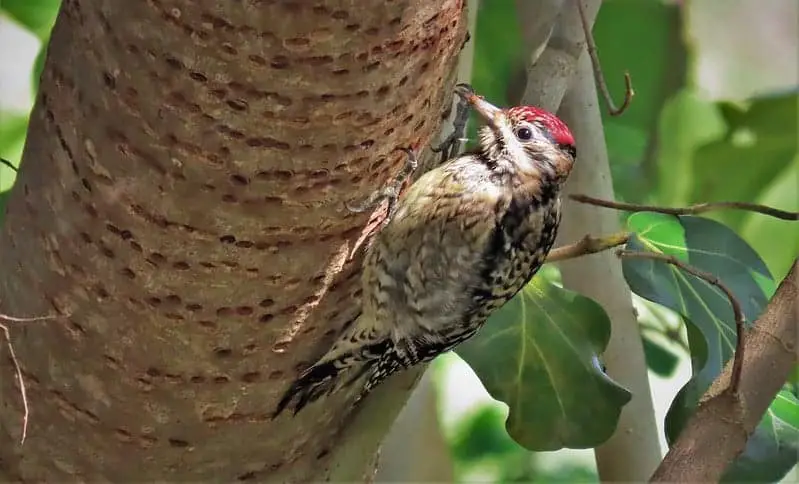
Wingspan
13 to 16 inches
Weight
1.5 to 1.9 ounces
Life Expectancy
7 years
Diet
Tree sap, insects & fruit
The Yellow-Bellied Sapsucker is an adorable bird with a harsh-sounding name that is really just accurate.
You can spot these birds by their bright red heads and adorably round bellies that are covered in light yellow feathers. These birds are known to mate in Fall and will spend their time excavating nests to make it easy to protect their family.
You can spot them actively digging away at the wood with their beaks, which is the job of the male bird.
Finding the Yellow-Bellied Sapsucker is a matter of timing. These birds are not partial to the winter months and will often migrate to warmer places when the weather gets bad.
The females are known to particularly detest the cold and will often venture further south than the males, making them more commonly seen in large numbers towards Central America.
North Carolina is generally where these birds go to dodge the cold during their non-breeding season, so you are more likely to see them being casually active.
In order to locate these birds, you want to go where the food is. You can most commonly find them in wooded areas with trees that are actively producing sap.
These birds are always looking for a nice young tree to eat from, but will also search the ground on occasion for something delicious to eat.
6. Northern Flicker
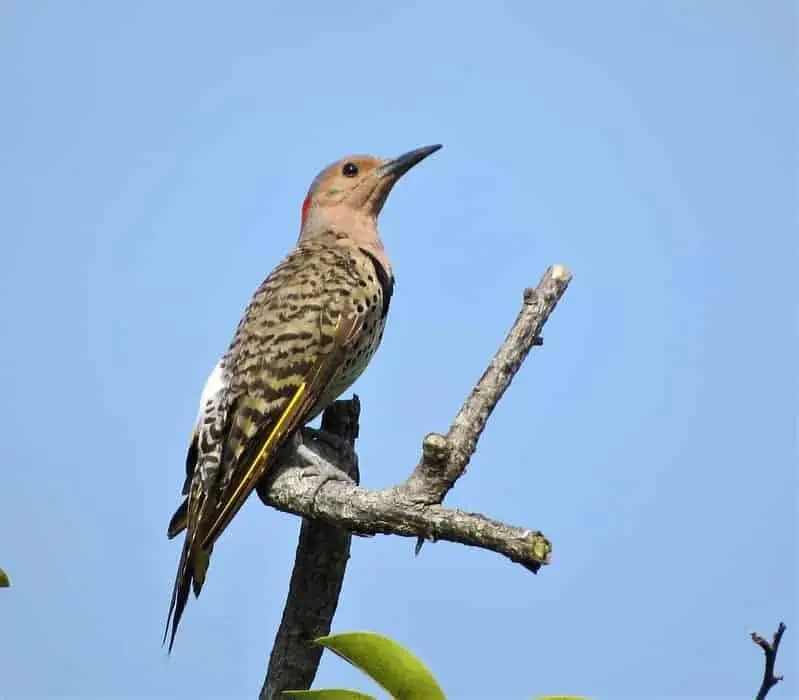
Wingspan
21.3 inches
Weight
6 ounces
Life Expectancy
9 Years
Diet
Insects, seeds, nuts & fruit
The Northern Flicker is a beautiful bird that is much-loved by bird watchers around the country.
It is a playful and easy to spot bird because of its unique appearance, which includes a collection of spots with flashes of color throughout the bird’s body.
The Northern Flicker is known to spend time nesting in holes in trees, much like most other woodpeckers.
However, this unique bird also enjoys spending its time taking over abandoned hollows on the ground that will make for a good nesting space.
North Carolina is a preferred area for the Northern Flicker, so much so that many people are surprised to learn that these birds migrate.
The Northern Flicker is unique for its migratory patterns, but not all of these birds act the same way. Along the coast of North Carolina, the Northern Flicker is known to migrate south more notably than in other places around the state.
Many areas have the Northern Flicker as a year-round resident with minor changes in volume depending on the time of year. Some areas get more birds in summer while others get less in winter.
The Northern Flicker population in North Carolina is surprisingly active and comfortable with being close to people. It can be found all around the state, including in suburban areas.
These birds are known to be seen scouring yards for something delicious to eat and are often spotted on telephone poles.
During mating season, these birds are more likely to be found near lightly wooded areas that offer a good selection of nesting sites.
7. Red-headed Woodpecker
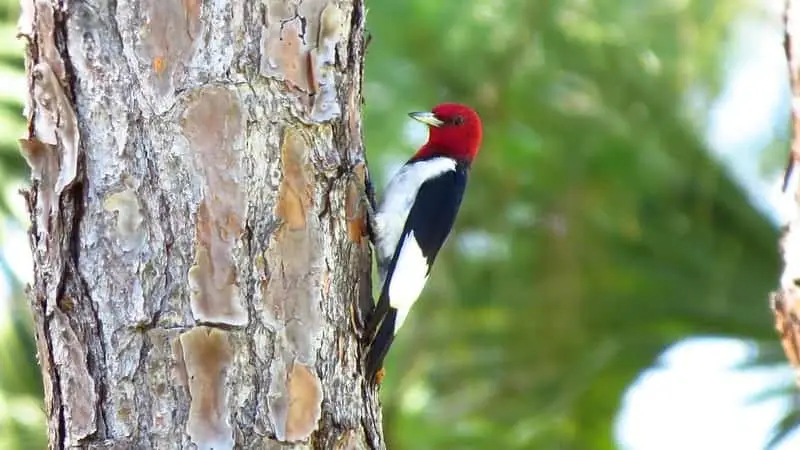
Wingspan
16 inches
Weight
2.5 ounces
Life Expectancy
9 Years
Diet
Insects & Berries
The Red-Headed Woodpecker is a beautiful bird with a bright crimson head that can easily be spotted from far away.
These beautiful birds are most commonly seen in heavily wooded areas with lots of live plants, but are themselves partial to nesting in dead trees, fence posts, and covered rooftops.
It is fairly common for these woodpeckers to take up in any kind of dead or partially rotted wood for their nesting activities.
In North Carolina, these birds are known for their preference for one location over another.
Though the birds really only migrate in the event that they are fleeing cold or seeking a healthier food supply, their subtle short-distance migrations make them a common topic of conversation among residents.
They are known to stop by one area one year and then visit a different area the following year. This is less of a migration and more of a simple move.
Around the state, these birds can be found in different numbers. They tend to avoid going too deep into the mountains, though this can change during breeding season.
It is important to understand their preference for deadwood to spot them.
In North Carolina, they are frequently found near swamps, orchards, previously burnt forests, and areas where trees have recently been chopped down.

More Articles.
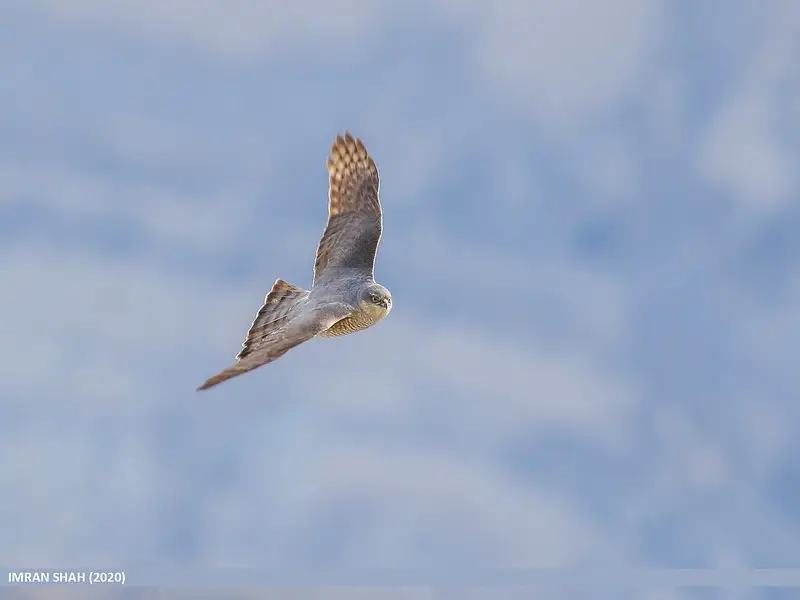
What Hawks can you see in Spain?(3 Species with Pictures & Sounds)
What Hawks can you see in Spain? There are 3 different species of Hawks that
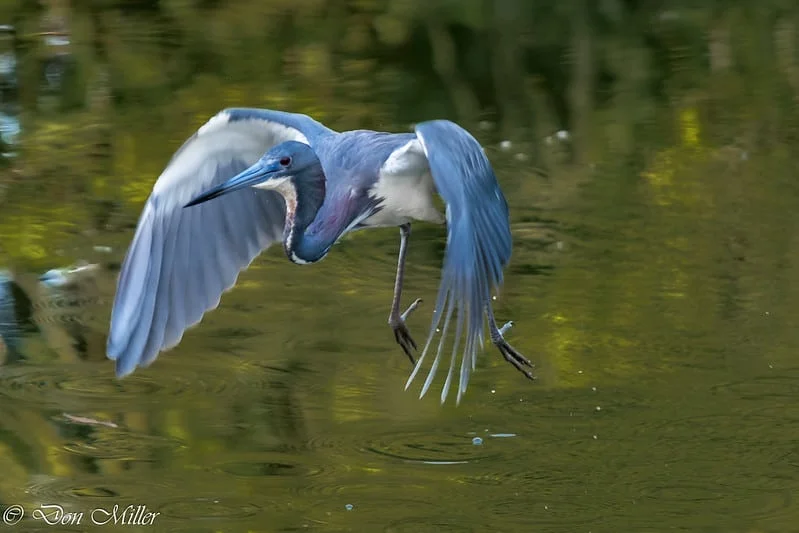
Birds with Blue Beaks (7 Species with Pictures and Sounds)
North America is filled with many wonderful birds with blue beaks– in fact, there are
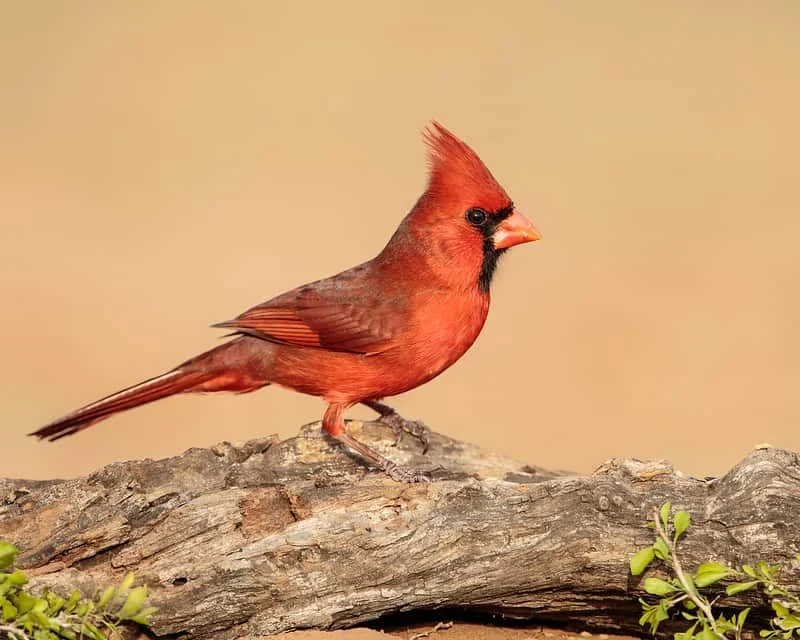
What’s the difference between a Male and Female Northern Cardinal? (Pictures and Sounds)
The most obvious difference between Male and Female northern cardinals is that only the Male

About Us
We are avid bird-watchers who recently retired, allowing us more time to travel the world. Fortunately, we have managed to visit numerous countries around Europe, Asia, and America. Watching and photographing birds has been a passion for many years and we are making the most of the extra time on our hands!

How about the red cockaded woodpecker? They were endangered, now listed as threatened. Merlin indicated I had one today. I’m not totally sure of the differences from a downy.